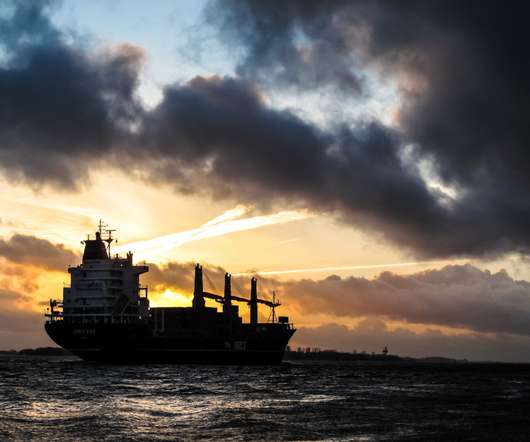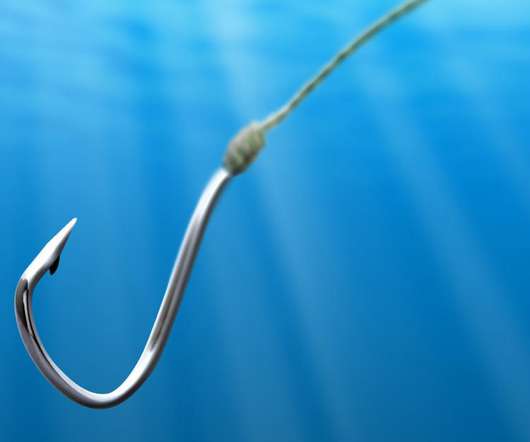Aquaculture becomes a net-positive
GreenBiz
FEBRUARY 22, 2021
Food and Agriculture Organization (FAO). The most dominant region in the world today for aquaculture production is Asia, particularly China, but Norway (for salmon) and Central America (for tilapia) are also big exporters. That amount accounted for 52 percent of global fish consumption. Among the emerging U.S.















Let's personalize your content